‘It feels like a dream’ | Conversation with Ewa Heller-Ekblad
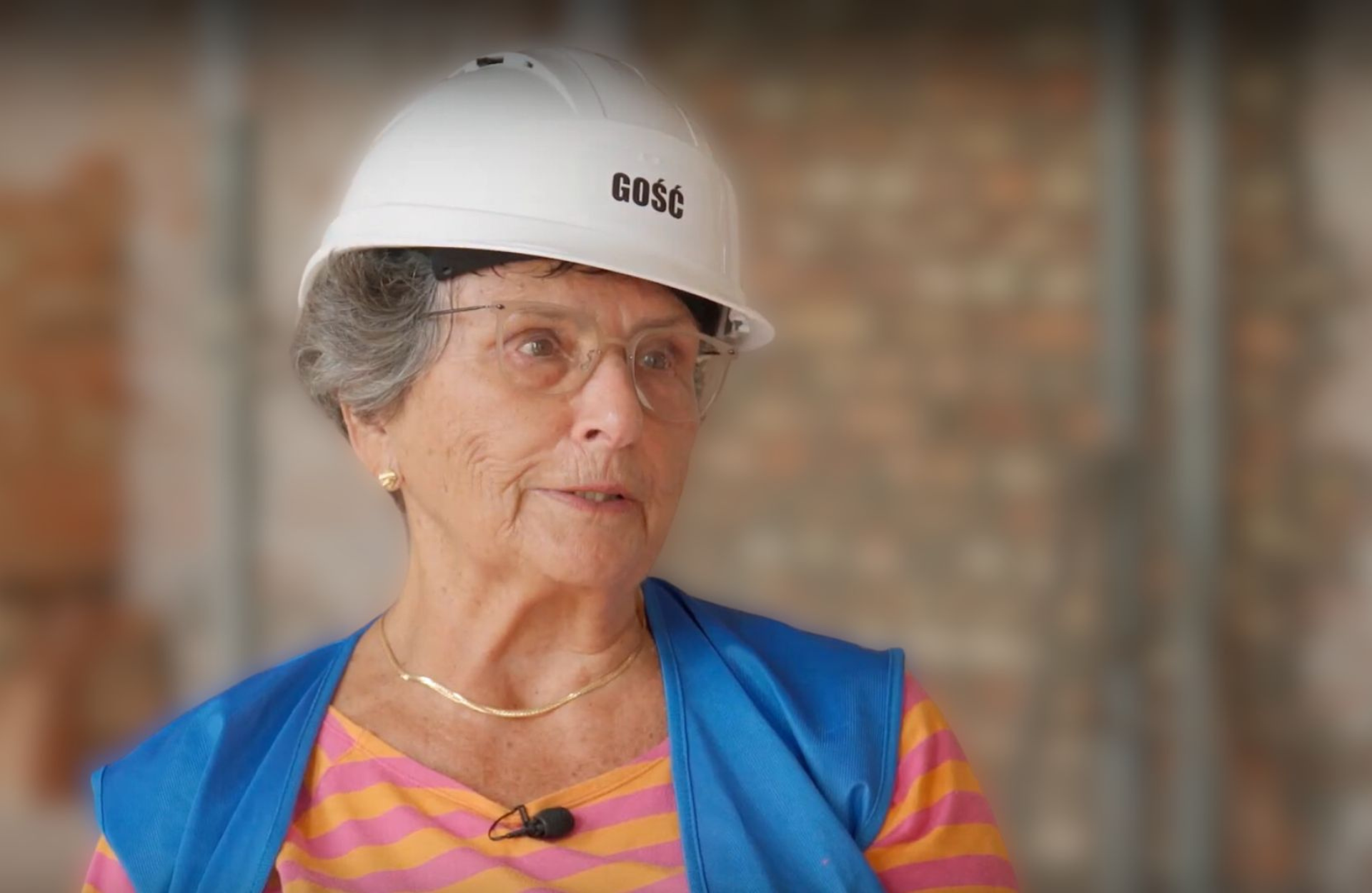

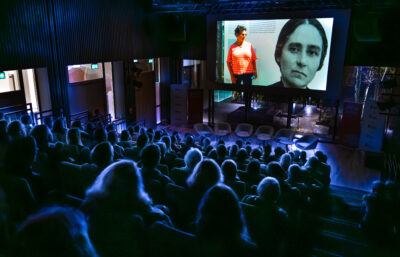

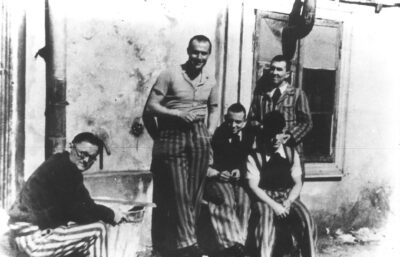
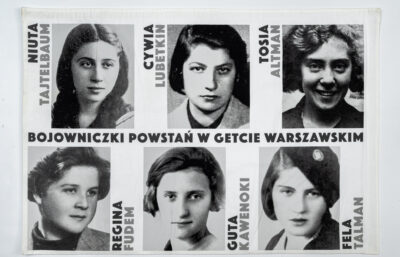
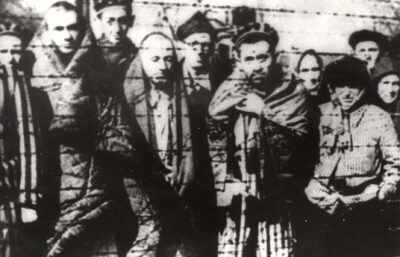

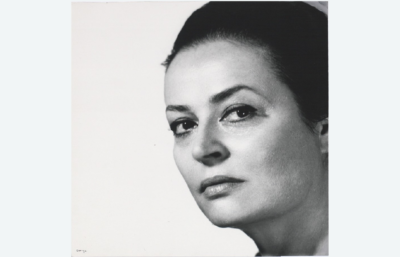
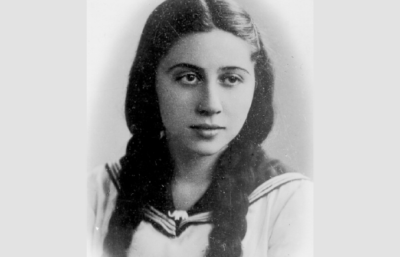

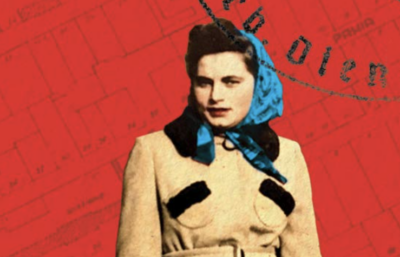
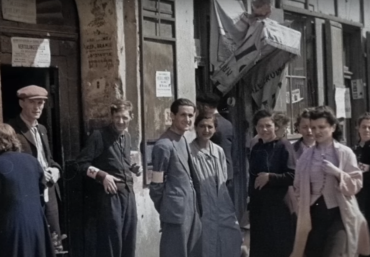
The Collection Department of the Warsaw Ghetto Museum prepares maps showing the borders of the ghetto and changes to them from January 1941 to August 1942 as well as the borders of the remnant ghetto.
Our museum prepares maps to show the borders of the Warsaw Ghetto from January 1941 to August 1942. The subsequent versions of maps will also show the remnant ghetto from September 1942 to April 1943, including the so-called shops ("Schuppen" in German – German production plants in which Jews were forced to work), the Warsaw Ghetto Uprising of April and May 1943, and the remnant ghetto ruins in the second half of 1943 and the first half of 1944. In addition, our maps will show the typhus danger zone in the spring of 1940 and German plans for the borders of the Jewish district in Warsaw published in Nowy Kurier Warszawski and Gazeta Żydowska newspapers between April and October 1940.